About runVIBE
Our TeamAbout runVibe
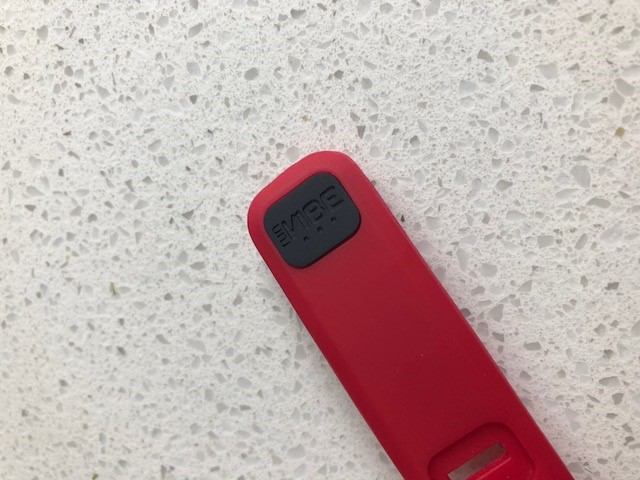
About
Our Story and Inspiration
“I wanted something that would help me achieve my full potential as a runner by helping me to maximise my own running technique, and this was the driving force behind the invention”
.
runVIBE co-founder Lisa Whiteman, a sports podiatrist with a specialty in sports biomechanics, injury, rehabilitation and research, has a passion for supporting athletes to uncover their healthy potential.
Lisa’s research working with accelerometers to measure ground impact shock in runners lead to a ‘lightbulb moment’.
Dean was inspired while collating the research results and waveforms, which showed that people had a unique, individual running signature.
.
Our Vision & Project
The software identifies the key points of your running signature that enables the runVibe running power and efficiency metrics to be calculated.
The Vision
“With runVIBE we have developed an algorithm that takes the key ingredients of running efficiency, calculates and transmits it to a standard sports watch or smart app, as a power value from a small wearable sensor.”
“Running with the sensor I am able to see what has happened in real-time with respect of my running efficiency when I use an inefficient gait; when I use a heel strike gait; run mid foot or forefoot; if I run slow or fast and when I run using the principles that worked for me.”
The Project
2015
Algorithm development for gait component detection and gait cycle analysis.
2016
First prototype built and running efficiency metric developed.
2017
Software build and testing. NZ Govt Callaghan Research Grant awarded. Patent application:
WO2019/168415 A1
2018
Production prototype and software refinement. Pilot tested with runners.
2019
App developed for medical clinical use of the sensor. Partnership for commercial development being sought.
.

Team
The runVibe Team
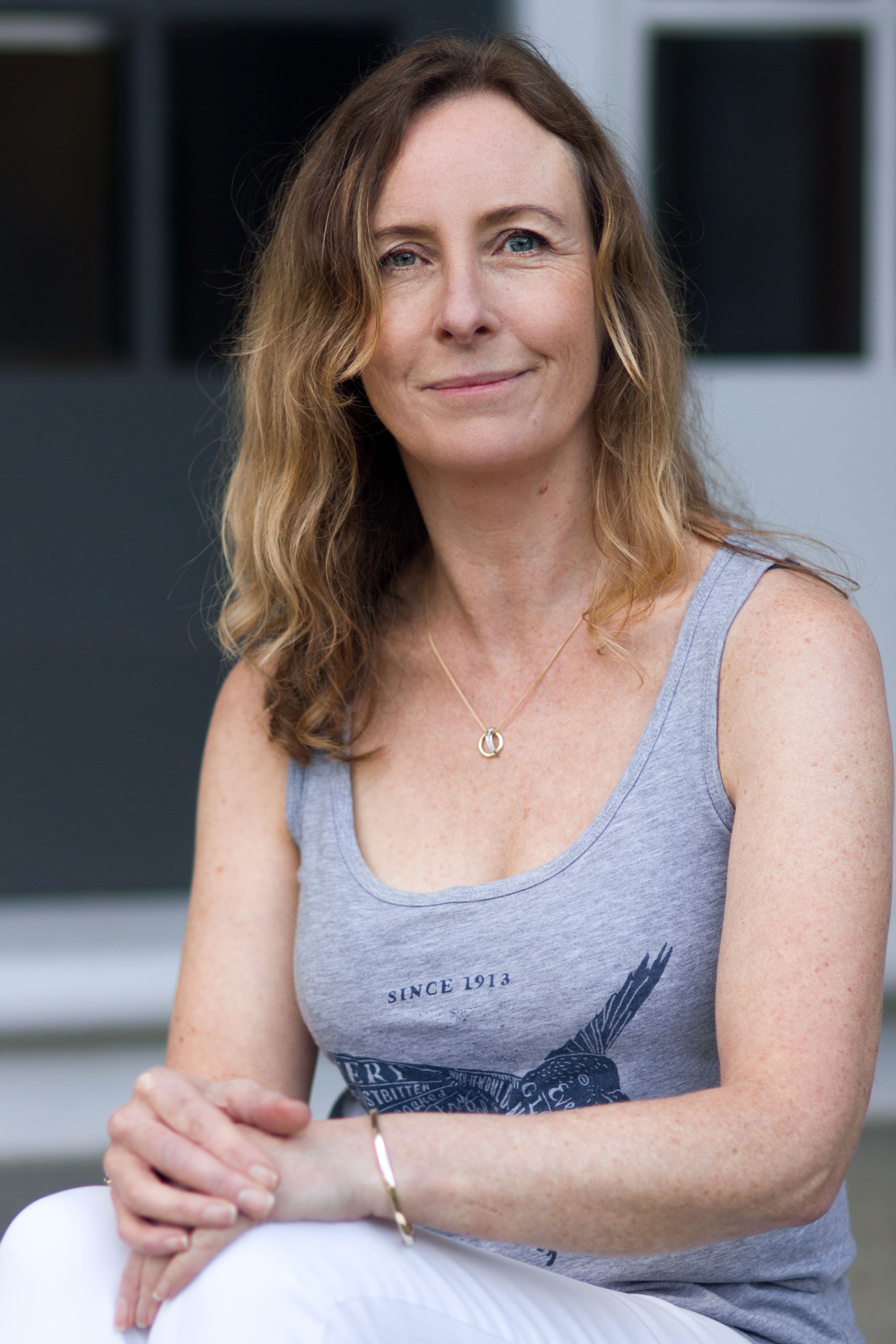
Lisa Whiteman
CEO and Running Bio-Mechanist
Lisa has a passion for knowledge and research that leads to better outcomes for patients. Her decades of patient clinical experience allows her to leverage her knowledge across both the Resonance clinical team, as clinical director and within runVIBE, as co-founder and biomechanist.
Lisa is also involved in leadership education and business mentoring, alongside her role as CEO for the Resonance Group of businesses.
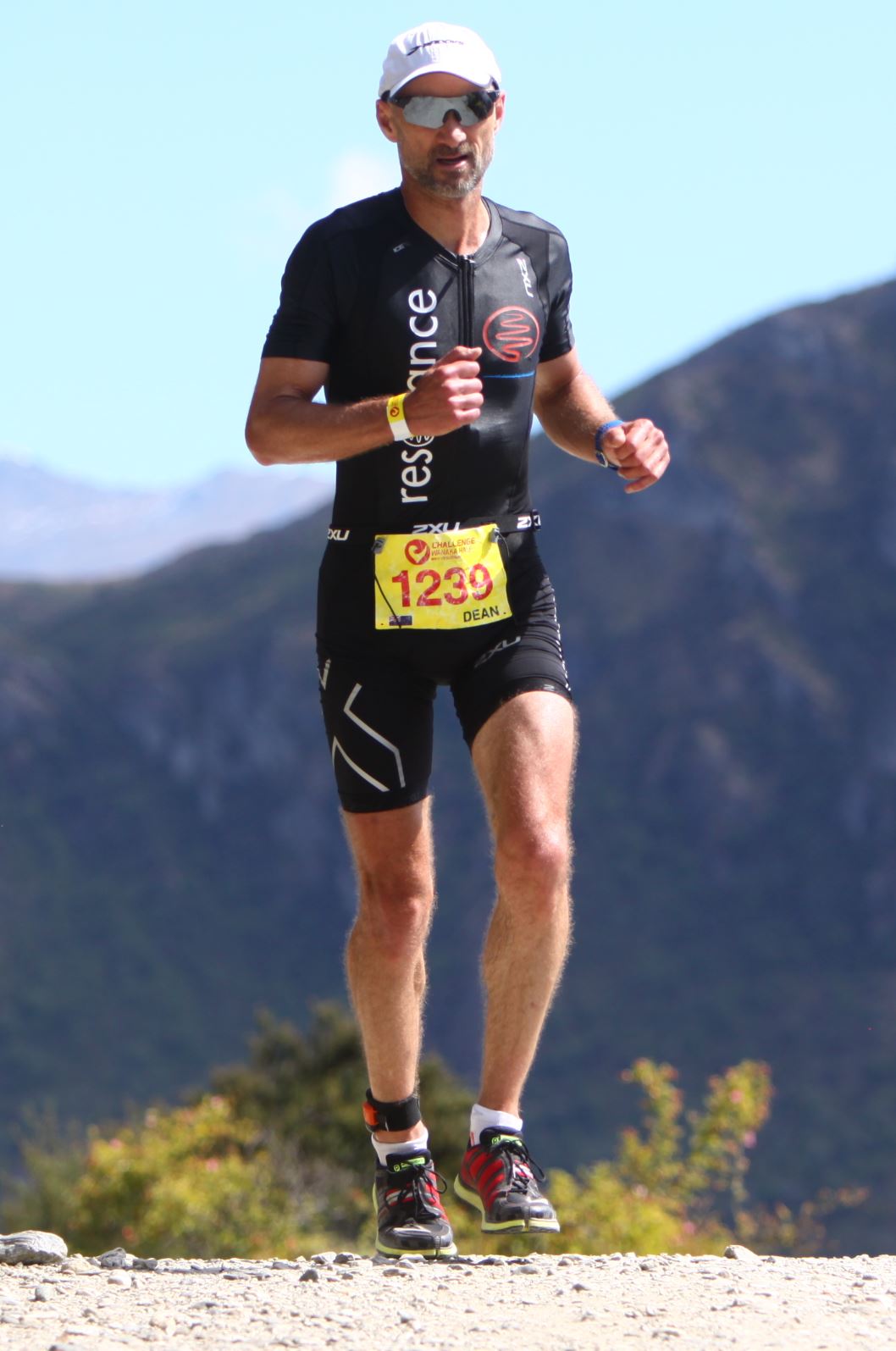
Dean Whiteman
Embedded Sytem Design,Programming and Data analysis
After gaining a NZ Diploma in Computer Engineering, Dean has worked in Computer Network Security and Design while working on fulfilling a passion with developing useful running technology, in the research and design of the runVibe sensor .He has competed in Marathon, Ultra-Marathon trail running and Triathlons of every distance including Ironman.
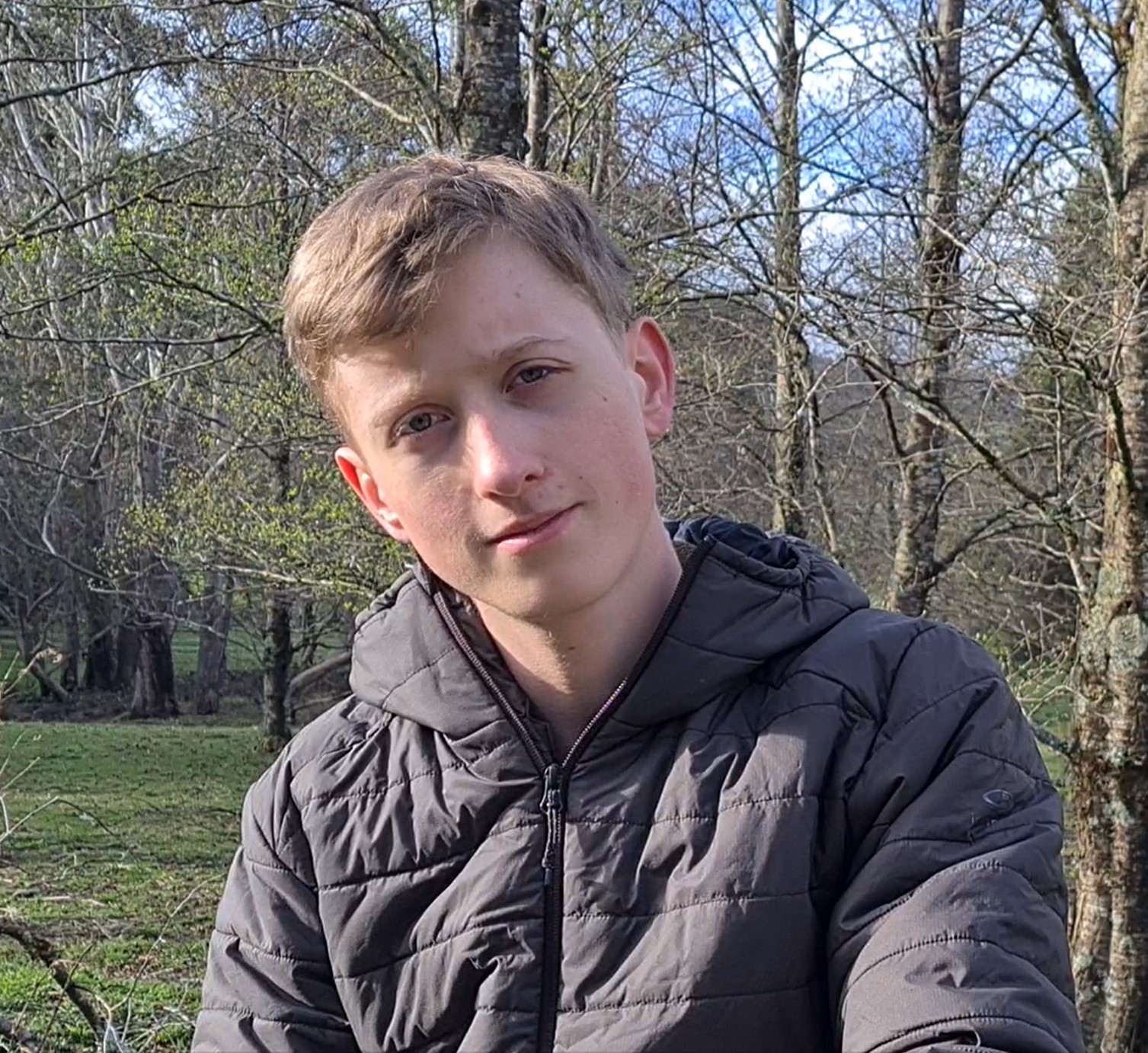
Ethan Whiteman
DevElopment Lead
Vibe Technologies was born to solve a problem very close to my heart. I live in a family of athletes and from a very early age I have been immersed in the world of human movement, biomechanics, and Healthcare. I guess you could say it has been a natural progression for me to go from cheering at the iron-man finish line, to the frontline of movement research and development. I have seen how bespoke wearable technology can be used as a powerful tool to enhance performance and reduce injury in endurance athletes. I realized that wearable tech has the potential to not just increase the performance of the able bodied but could even be used alongside robotics to allow those who had lost a limb the opportunity to participate athletically where this otherwise would not be possible.

Conor O’Leary
Industrial Designer
After studying Industrial Design at Massey University in NZ , I have worked as an independent contractor on projects ranging from Lighting installations, Event activation/Launches, Landscape architecture and most recently marine design as well as leading the strap and case design of the new runVIBE sensor.

Piet Guersen
Lead Programmer and Embedded System Design
My first tech job was at Kamahi Electronics where I worked for 7 years. I was involved with many commercially successful product developments. I built, tested and fixed high end scientific equipment and designed multi-layer PCBs for complex mixed signal equipment. I used intuition, tenacity and knowledge from mulitple domains to diagnose and fix difficult technical issues. I learned embedded C programming for microcontrollers and my code is running in the wild on scientific, sporting and safety products.
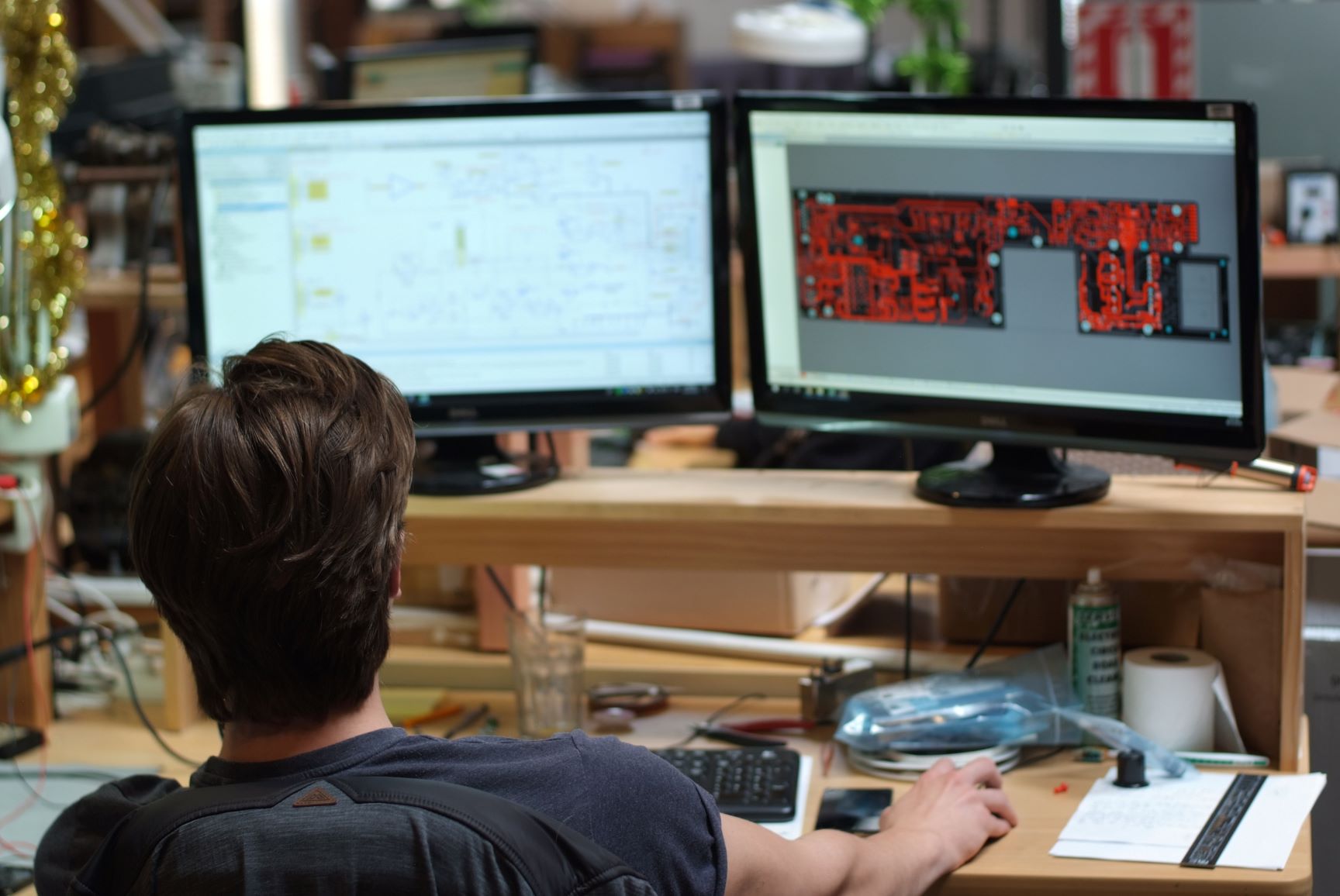
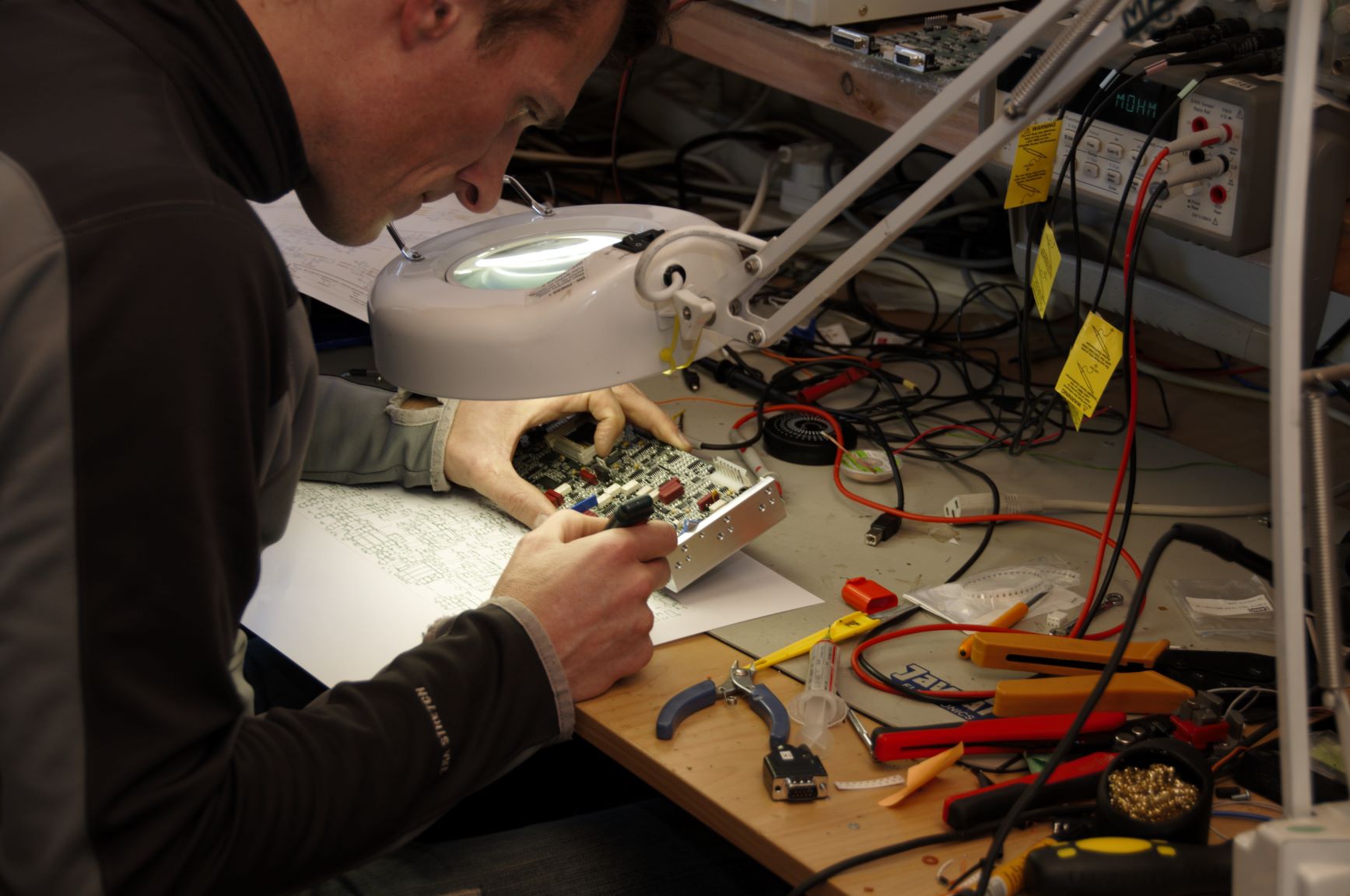
Kamahi Electronics
Electronics Hardware Design and Assembly
Sensor hardware design has been developed in conjunction with Kamahi Electronics based in Dunedin, NZ – https://kamahi.com/.